

Max Davies
6 Days Ago
Wireless charging (or induction charging) enables phone batteries to be charged by placing them on a specific surface.
That surface comes in the form of a wireless charging pad in cars, typically located in the centre console.
Many manufacturers place the pad where there’s storage area – underneath the dashboard or inside the armrest compartment. Other cars have a dedicated vertical slot for wireless charging.

Instead of inserting an ungainly cable into your smartphone, wireless charging is simply a “drop and charge” solution. It is a convenience feature.
There are several wireless charging standards, though the Wireless Power Consortium’s Qi wireless charging standard is most ubiquitous – and used in all vehicles equipped with this tech.
Qi wireless charging pads are already quite common in cars today, coming with models ranging from a mid-spec Hyundai i30 small hatchback to a BMW 8 Series luxury coupe.
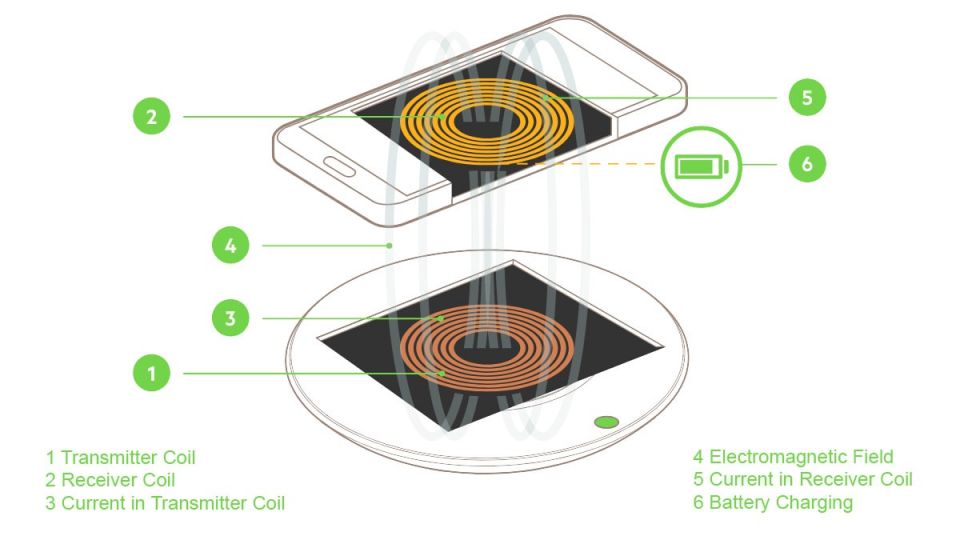
Wireless charging technology has been around since the late 19th century, when Nikola Tesla demonstrated magnetic resonant coupling, or the ability to transmit electricity through the air by creating a magnetic field between two circuits – a transmitter and receiver.
Before it arrived onto our phones and tablets, wireless charging was commonly found on electric toothbrushes and other bathroom accessories.
Wireless charging uses electromagnetic induction to transfer energy from a charger to a receiver on the back of a smartphone.
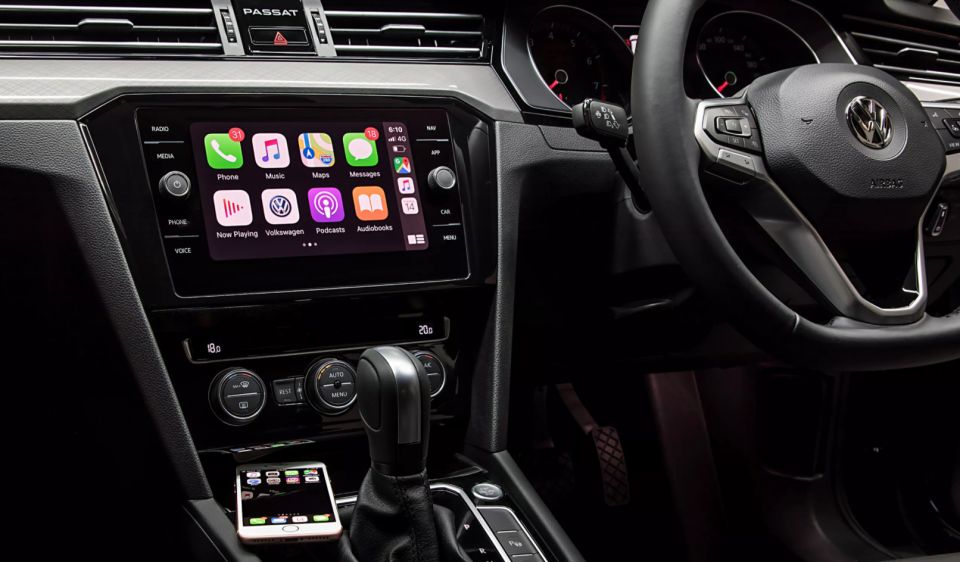
The charger uses a copper induction coil to transmit an alternating electromagnetic field, then the device’s receiver coil converts it back to electricity and charges its battery.
Wireless charging compliments wireless forms of Apple CarPlay and Android Auto, which are starting to roll out to more brands and models. Also combined with emerging smartphone digital key technologies, it is the ultimate set up for a true key- and cable-free experience.
Some vehicles can even remind you if you’ve forgotten your phone before leaving the car, when a device has been left on the pad. Handy for the forgetful.
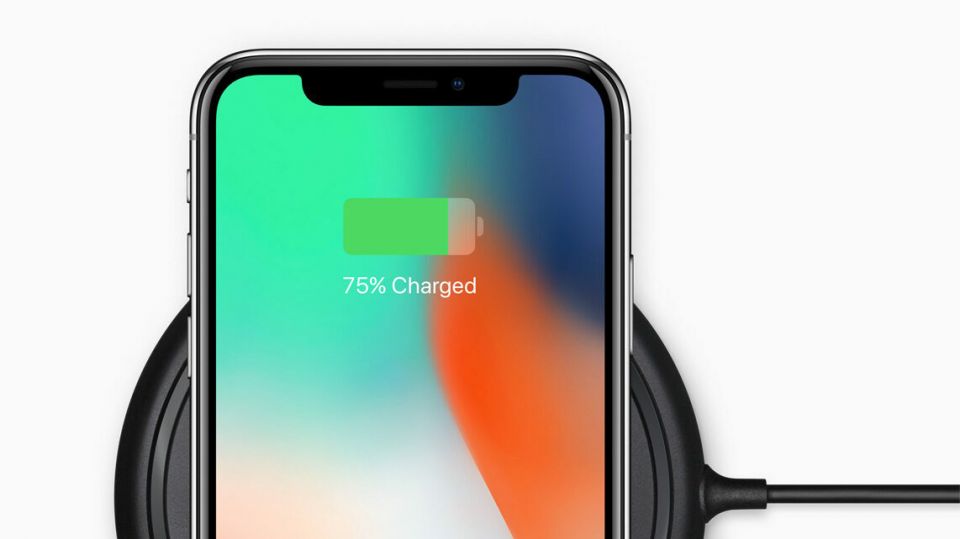
Not all wireless chargers are made equal. There are different rates of charge, meaning how quickly your device can top up its battery. Wireless charging speed is dependent on two factors: the transmitting pad and the receiving device.
The larger a charging pad’s coils, the more energy that can be transferred wirelessly at a faster rate. This is measured using wattage (W).
Currently, most Qi chargers output 5W, 7.5W, 10W or 15W. The more wattage, the faster your phone can be charged.
However, it is important to note that the receiving coil in the smartphone must also be able to consume the charger’s output. Depending on the phone, it can receive anywhere from 5W or all the way to 40W (see below for specific devices).
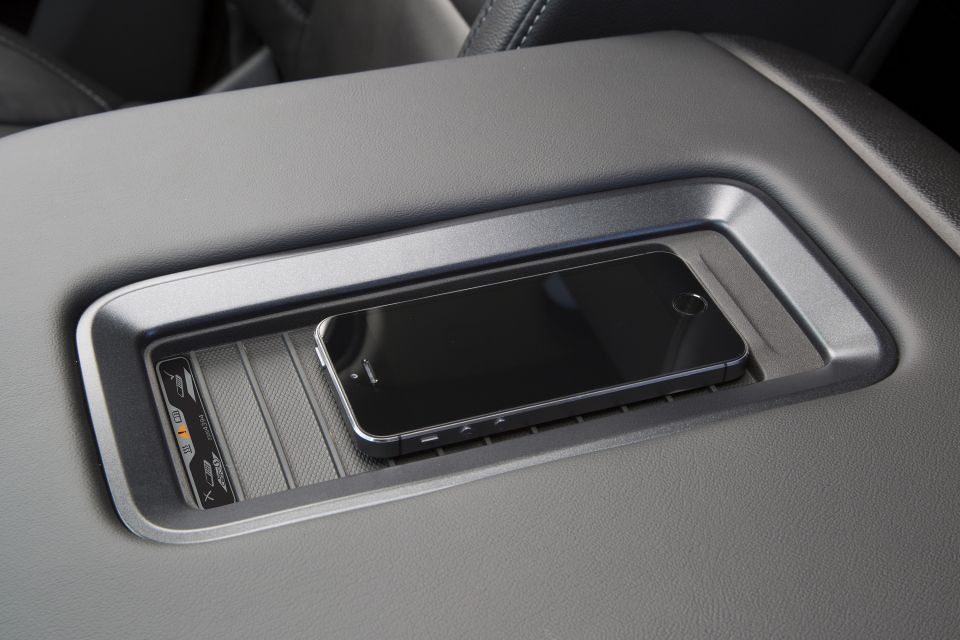
Therefore, if a 7.5W capable phone is placed on a 5W wireless charger, it will only charge at 5W since it is the maximum electricity current being sent from the pad.
Conversely, if a 7.5W phone sits on a 15W charger, it will only charge at 7.5W since it is capped at the device’s maximum consumption rate – it’s bottlenecked by its own coil.
Unfortunately, many car brands don’t disclose what wattage their built-in wireless chargers transmit. Most chargers from phone accessory makers are between five and 10W, so it’s safe to assume that vehicles are similar.
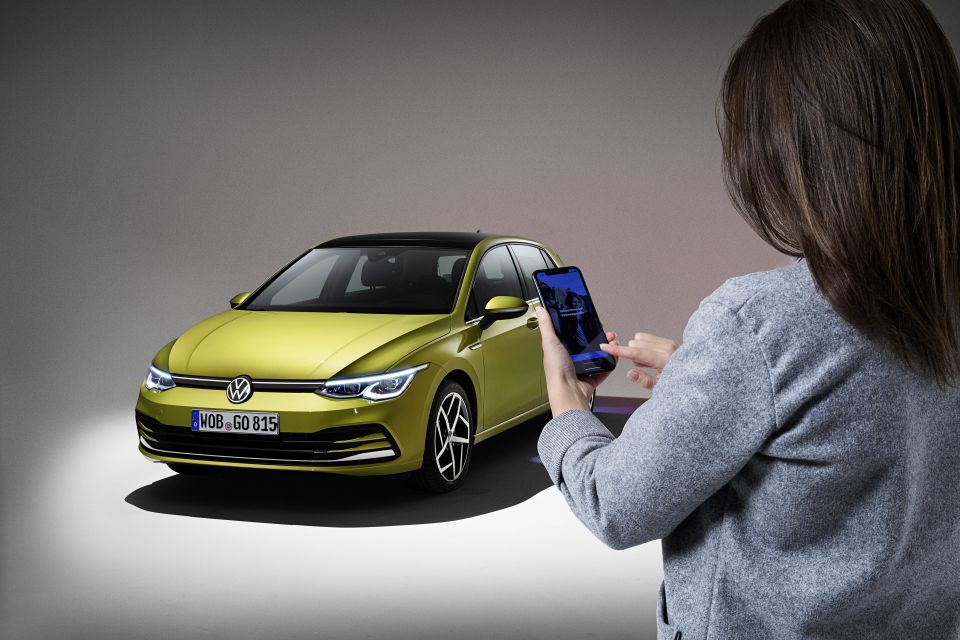
With current technology, energy can only be transmitted through glass which is more translucent than metals, hence the trend towards glass-backed phones.
But, some tech giants like Apple, Google and Oppo now use frosted glass backs to give a metal design, while retaining wireless charging. Key recent supported devices include:
You may even charge other devices like true wireless earphones including Apple’s AirPods Pro or Google Pixel Buds – as long as they are Qi-enabled and can sit flat on the pad.

It is vital that consumers pick a higher wattage Qi charger, since wireless charging is significantly slower than wired charging.
For context, many smartphones can fast-charge anywhere from 20W to 50W by directly plugging in a cable.
If drivers are using wireless Apple CarPlay or wireless Android Auto at the same time, the phone may only slightly increase or maintain – possibly even slowly decrease – its battery percentage.
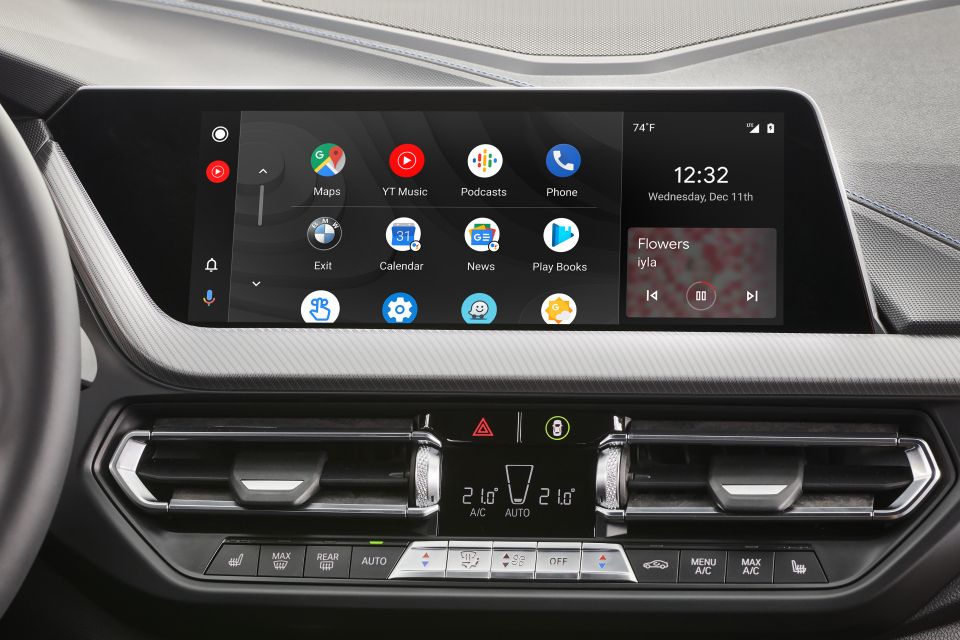
This is because the device is using power-hungry resources for its wireless connection with the car, mobile data, location and other sensors – and not getting enough power from the charger to sustain it.
But what if your car only supports wired Apple CarPlay or Android Auto? If you’re plugging in a cable to use smartphone mirroring tech, it overrides wireless charging. Unless you plan to use your manufacturer’s own infotainment system, wireless charging is redundant in this case.
Additionally, inducting energy wirelessly can produce a significant amount of heat – especially with higher wattage chargers. Combined with charging longer and being in warmer car interiors, this is unhealthy for the longevity of the device’s battery.

The upcoming eighth-generation Hyundai Sonata attempts to combat this by including a fan inside the charging pad that turns on when the phone is charging to ease high temperatures. The presence of a fan does suggest that the mid-sized sedan has a faster charger wattage output, too.
In some cases, a hot battery can be dangerous. Thankfully, phones can monitor their own temperatures using software and automatically terminate the charging process with the car.
Wireless charging also requires both coils to line up precisely, so devices often need to be placed pedantically on the pad. When driving, phones are prone to sliding around, which can interfere and stop the charging process.
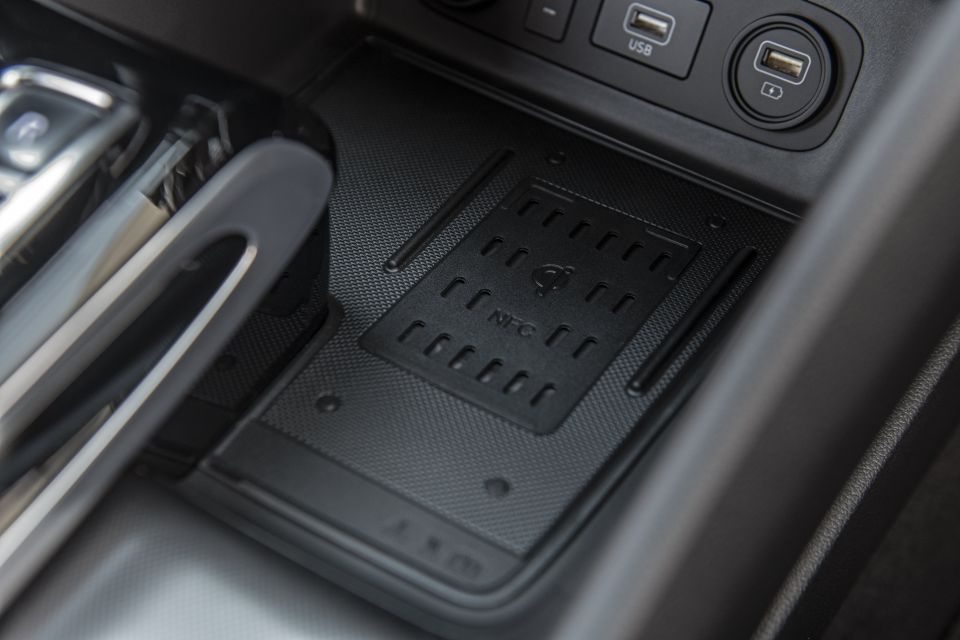
Many forward-thinking automakers place square ridges or use grippy textures on their pads to hold smartphones in place. Though, this isn’t fool-proof.
Also, many smartwatches like the Apple Watch and Samsung Galaxy Watch line-ups, and electric toothbrushes use their own proprietary methods of wireless charging. So don’t expect they’ll wirelessly charge in the car, too.
Hopefully, with wireless charging technology advancing and featuring in more tech gadgets, the automotive industry should follow suit in standardising this convenient feature.
Tech brands are even developing over-the-air wireless charging so, one day, there might not be any need to place your phone on a specific pad.


Max Davies
6 Days Ago


Josh Nevett
5 Days Ago
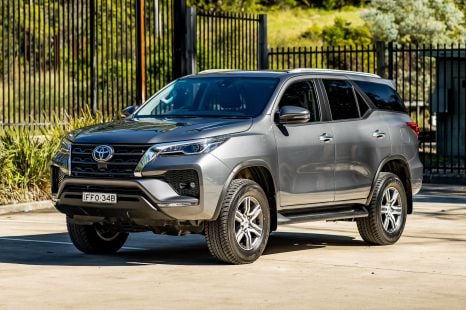

Matt Campbell
4 Days Ago
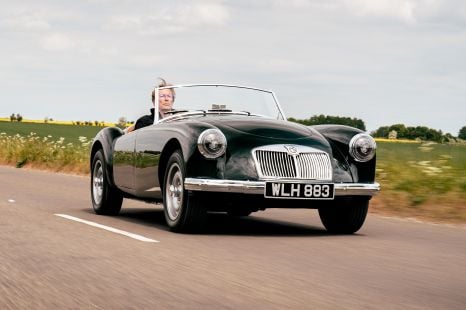

Angus MacKenzie
3 Days Ago
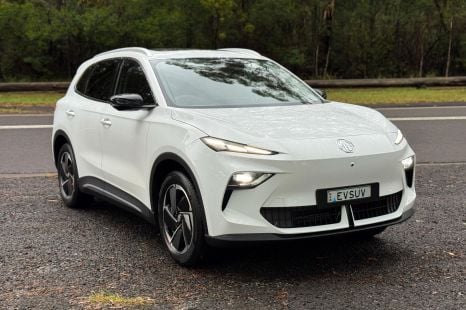

Matt Campbell
2 Days Ago


Alborz Fallah
20 Hours Ago